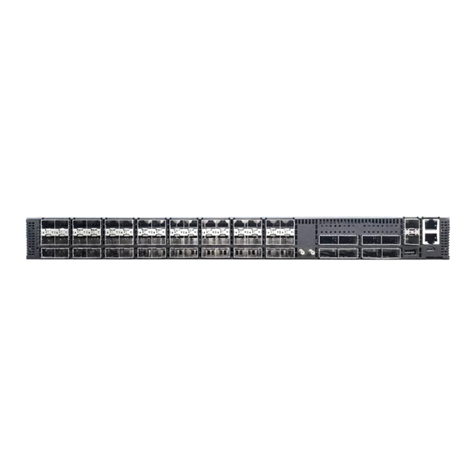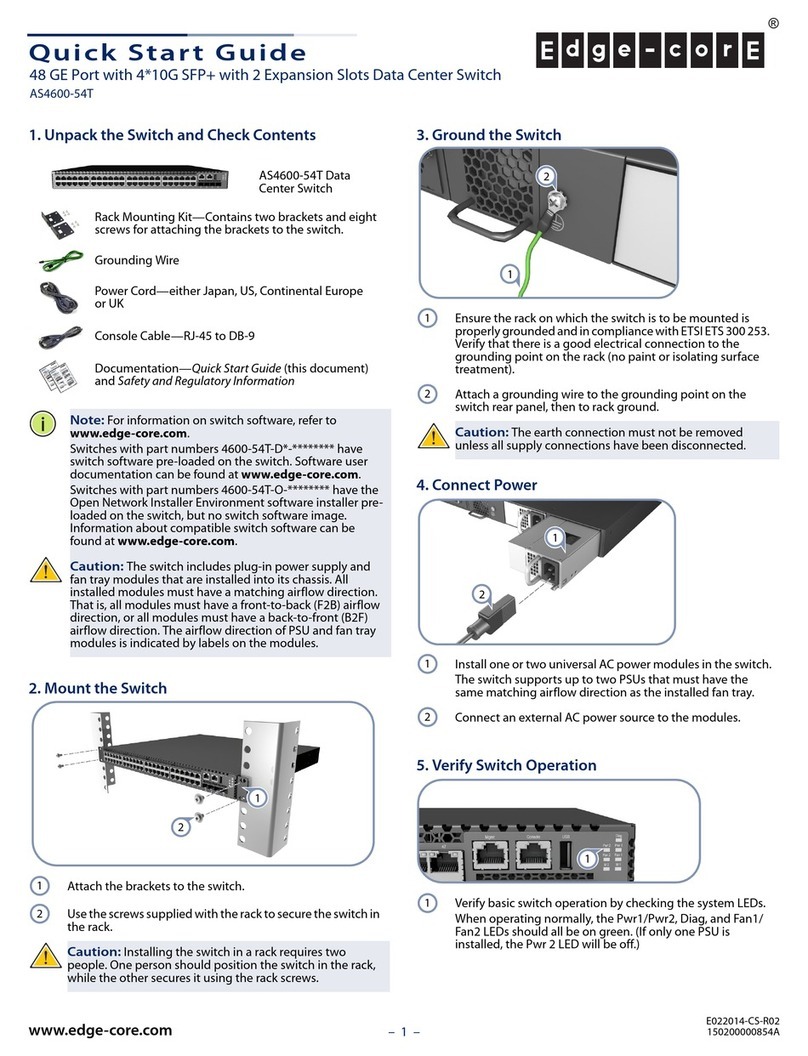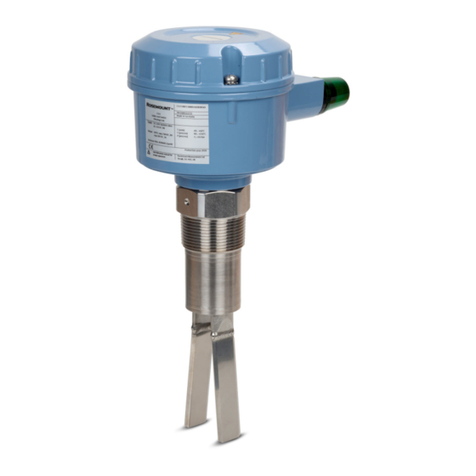Edge-Core ES3526YA User manual
Other Edge-Core Switch manuals
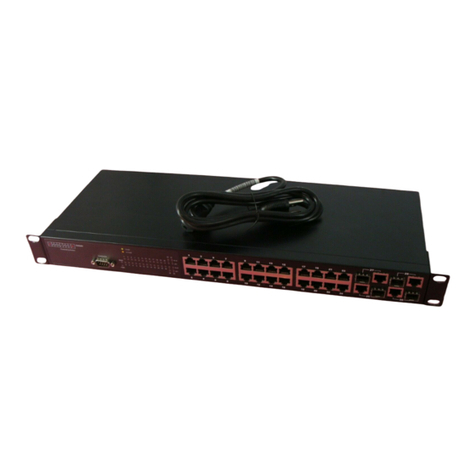
Edge-Core
Edge-Core ES4528V-38 Programming manual
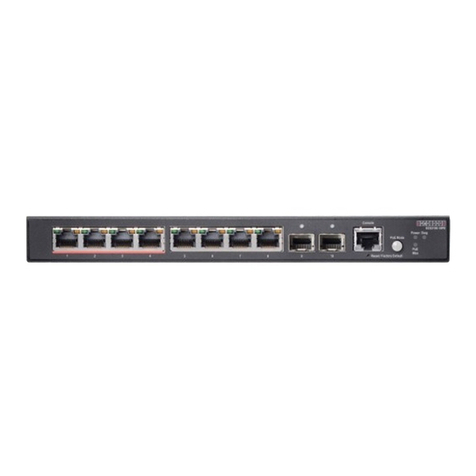
Edge-Core
Edge-Core ECS2100-10T User manual
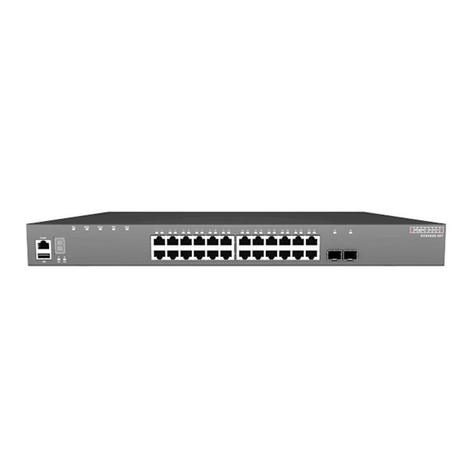
Edge-Core
Edge-Core ECS4620-28T User manual
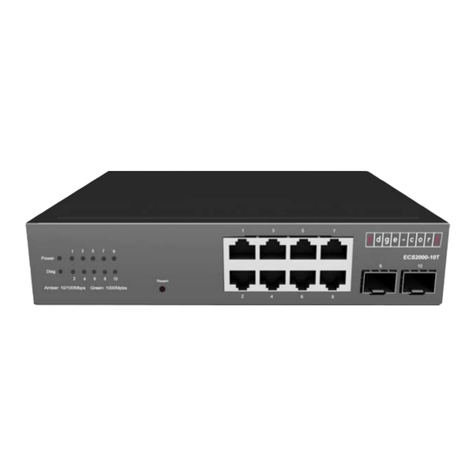
Edge-Core
Edge-Core ECS2000-10T User manual
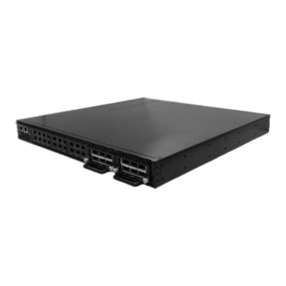
Edge-Core
Edge-Core AS6700-32X Instruction Manual
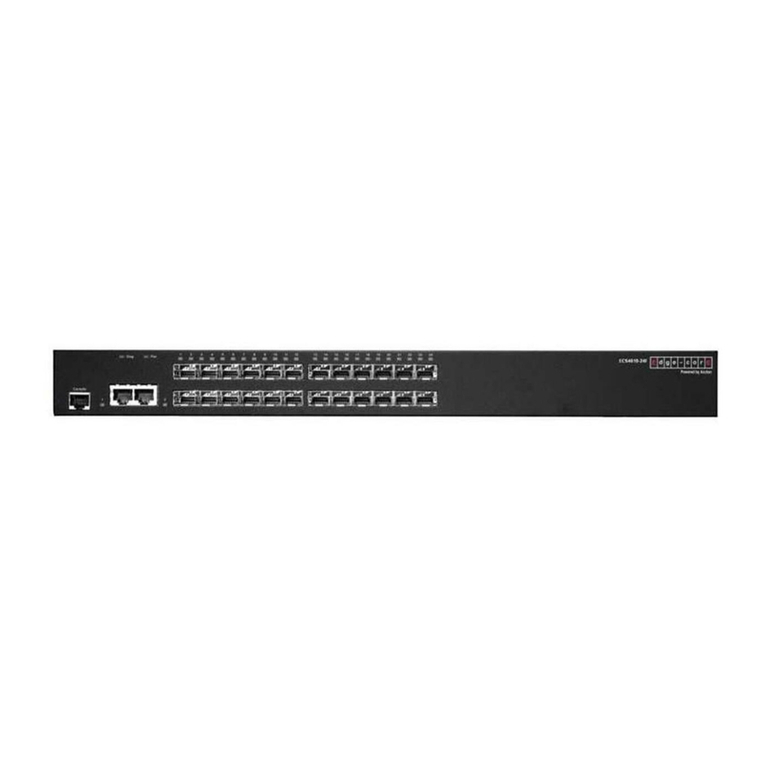
Edge-Core
Edge-Core ECS4610-24F Programming manual
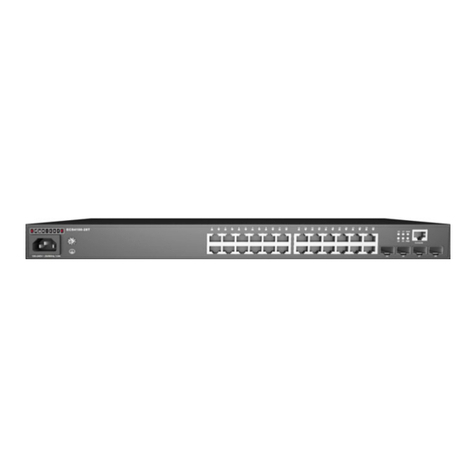
Edge-Core
Edge-Core ECS4100 Series User manual
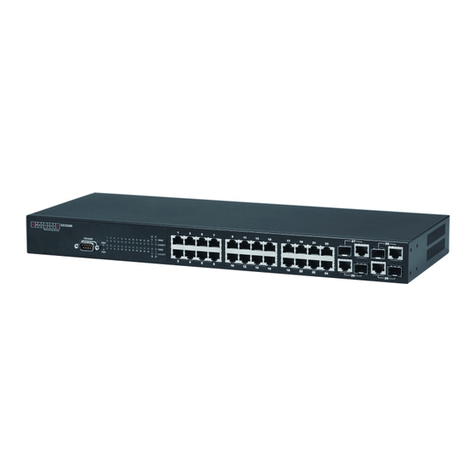
Edge-Core
Edge-Core ES3528M User manual
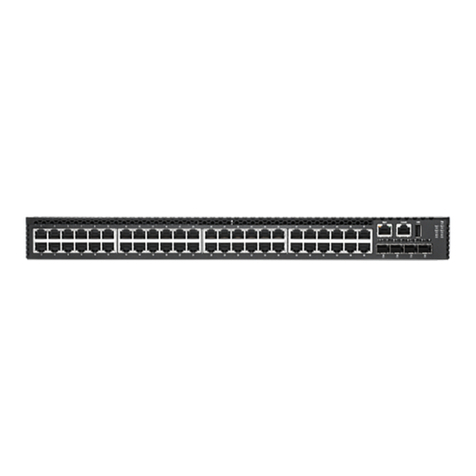
Edge-Core
Edge-Core AS4600-54T User manual
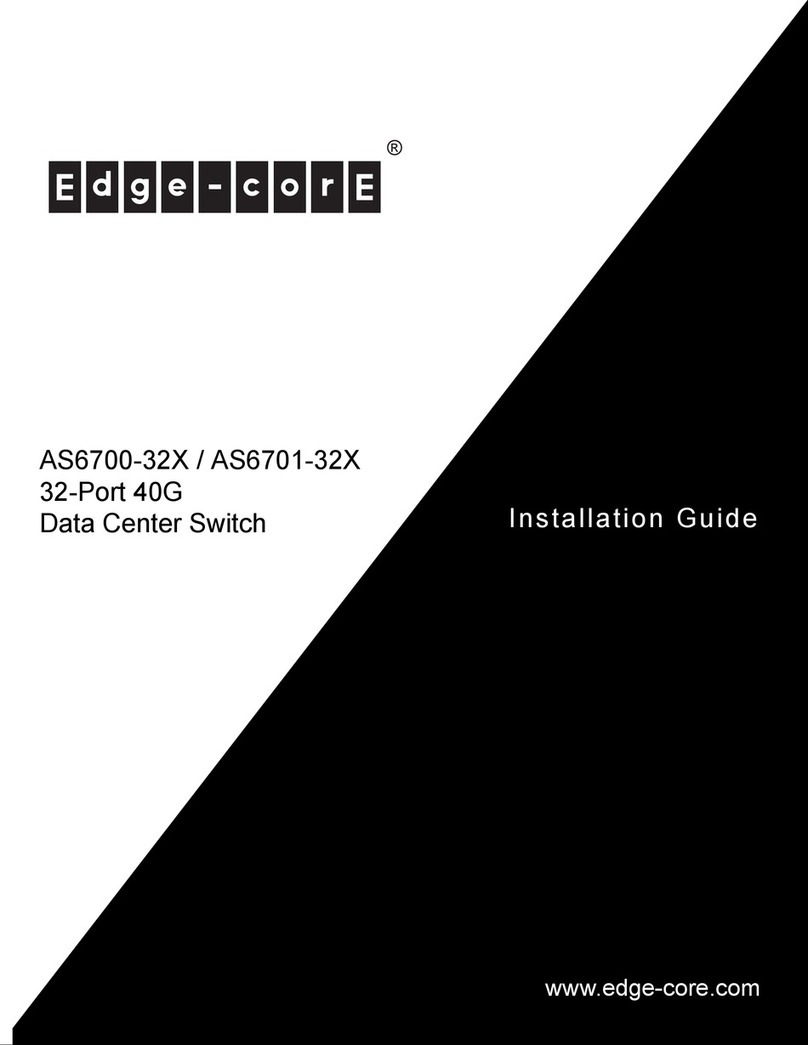
Edge-Core
Edge-Core AS6700-32X User manual
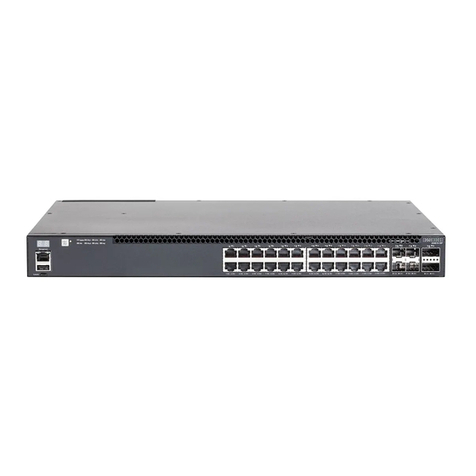
Edge-Core
Edge-Core AS4610-30T User manual
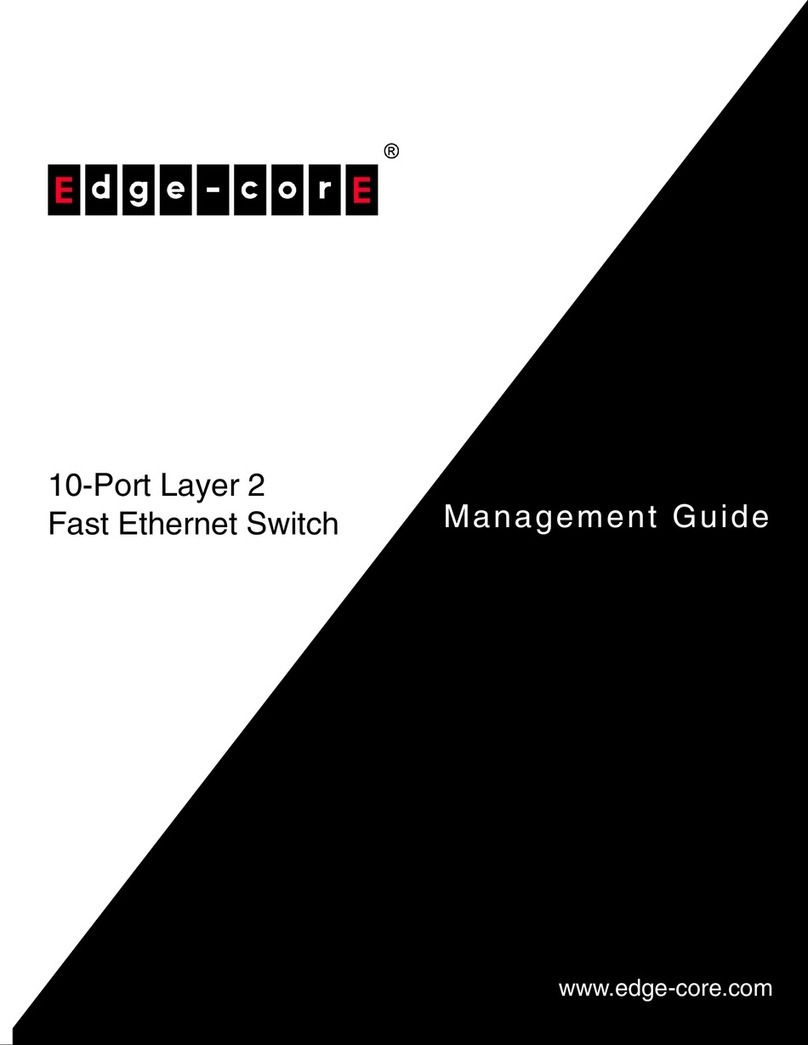
Edge-Core
Edge-Core ECS3510-10PD Programming manual
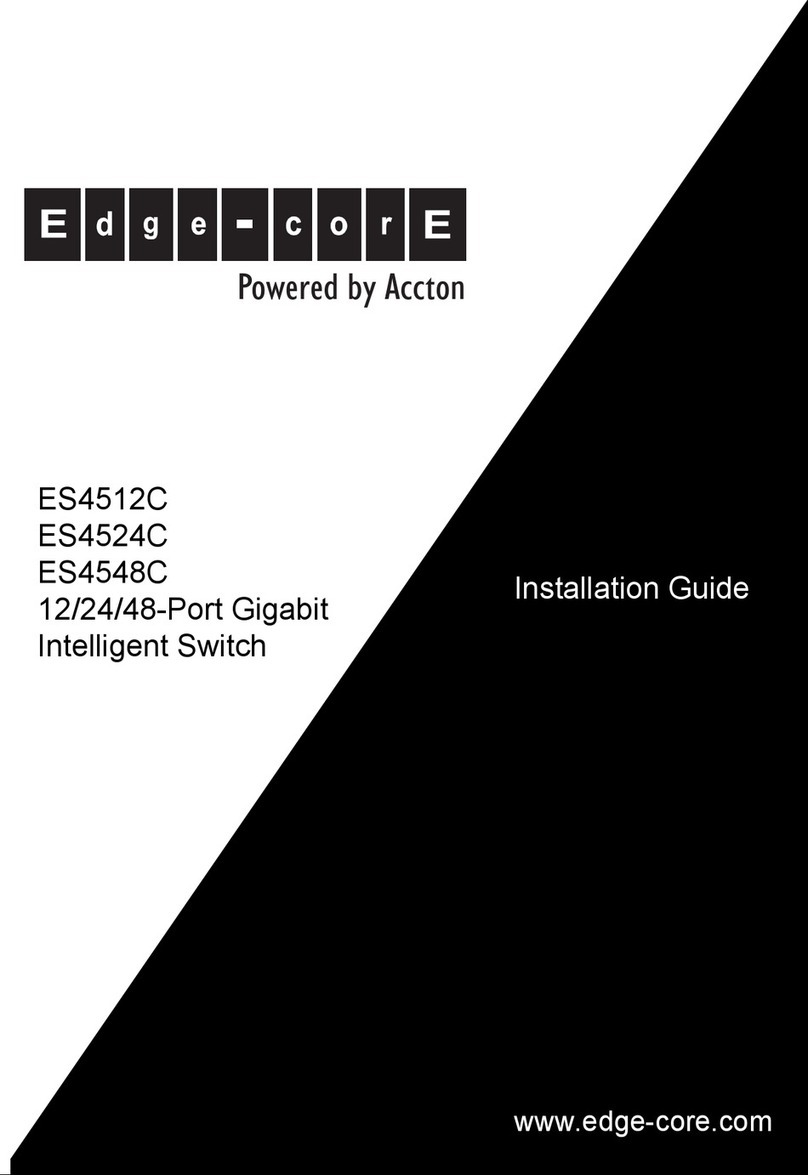
Edge-Core
Edge-Core ES4512C User manual

Edge-Core
Edge-Core ECS2000-50P User manual
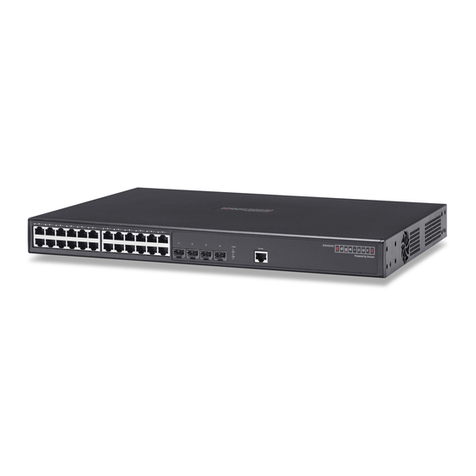
Edge-Core
Edge-Core ES4524D User manual
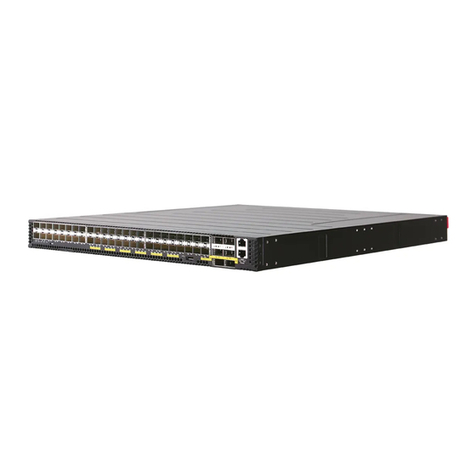
Edge-Core
Edge-Core AS5916-54XKS User manual

Edge-Core
Edge-Core AS7312-54XS User manual
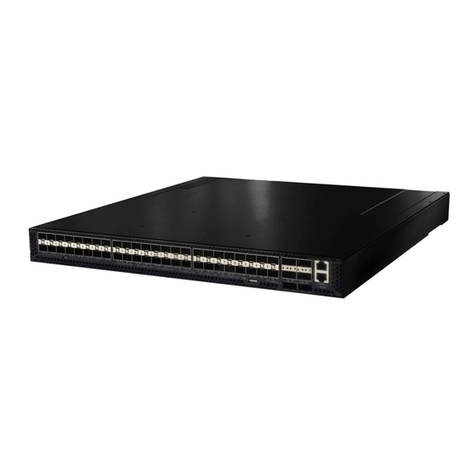
Edge-Core
Edge-Core AS5912-54X User manual
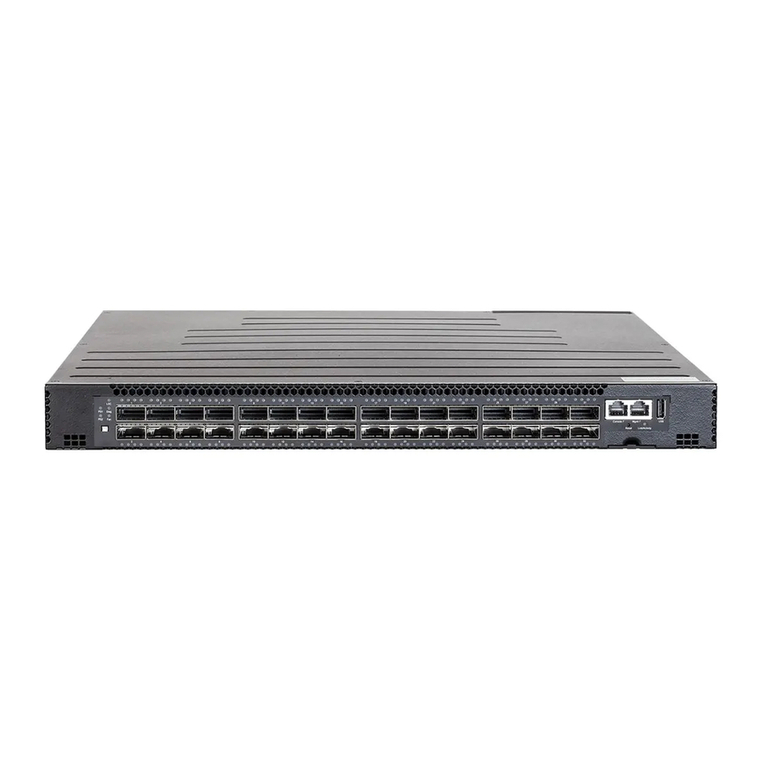
Edge-Core
Edge-Core AS7712-32X Owner's manual
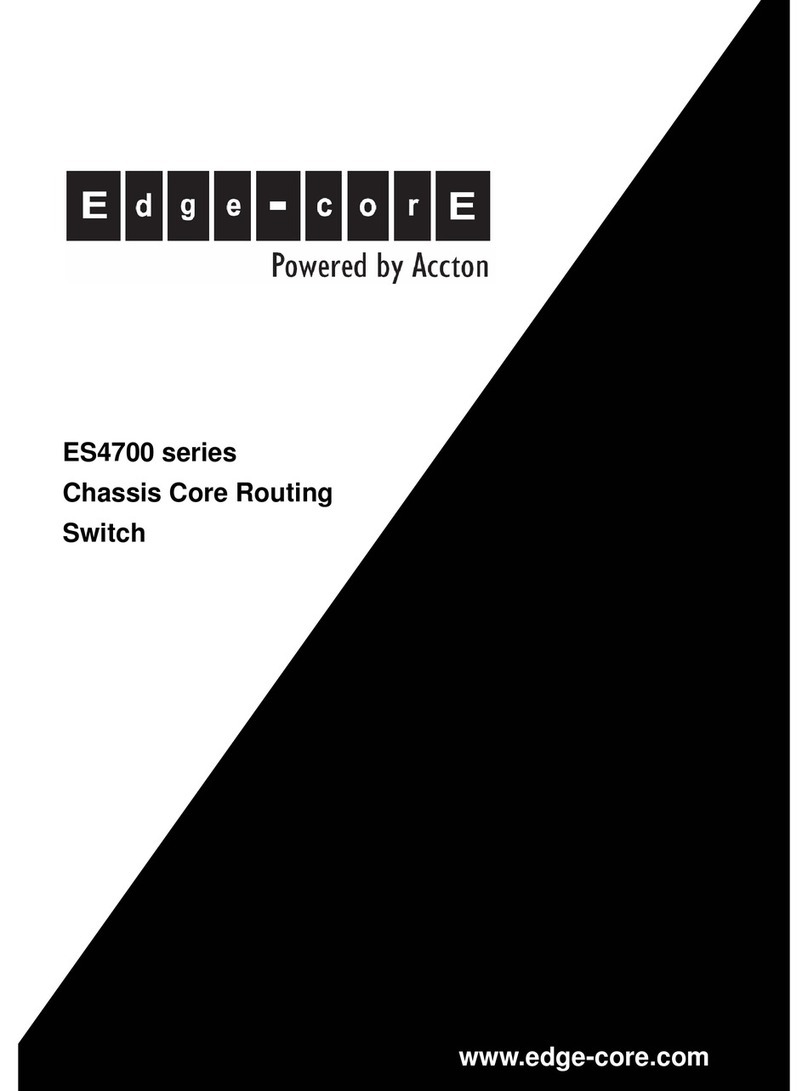
Edge-Core
Edge-Core ES4704BD User manual
Popular Switch manuals by other brands

SMC Networks
SMC Networks SMC6224M Technical specifications

Aeotec
Aeotec ZWA003-S operating manual

TRENDnet
TRENDnet TK-209i Quick installation guide

Planet
Planet FGSW-2022VHP user manual

Avocent
Avocent AutoView 2000 AV2000BC AV2000BC Installer/user guide

Moxa Technologies
Moxa Technologies PT-7728 Series user manual

Intos Electronic
Intos Electronic inLine 35392I operating instructions

Cisco
Cisco Catalyst 3560-X-24T Technical specifications

Asante
Asante IntraCore IC3648 Specifications

Siemens
Siemens SIRIUS 3SE7310-1AE Series Original operating instructions

RGBLE
RGBLE S00203 user manual

Thrustmaster
Thrustmaster FLIGHT SIMULATOR X quick guide


